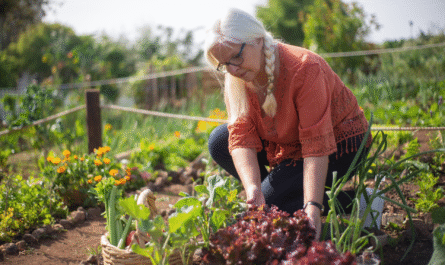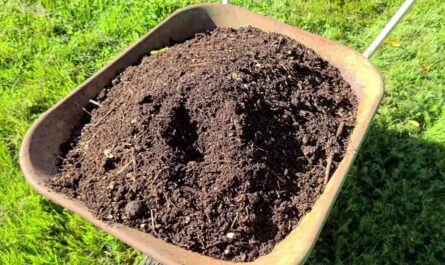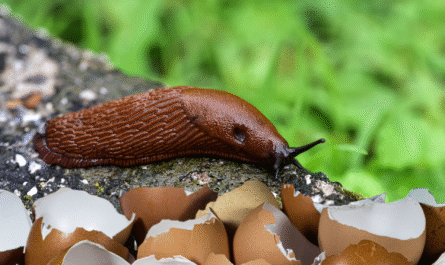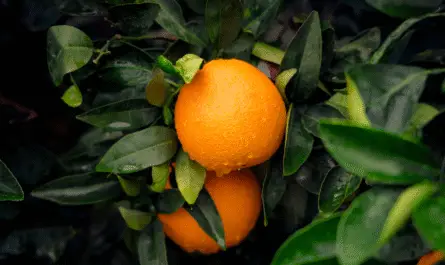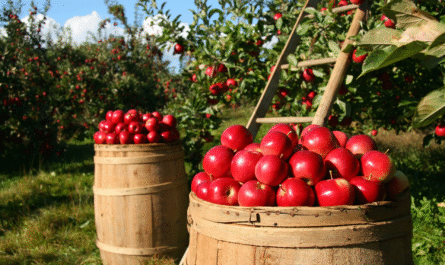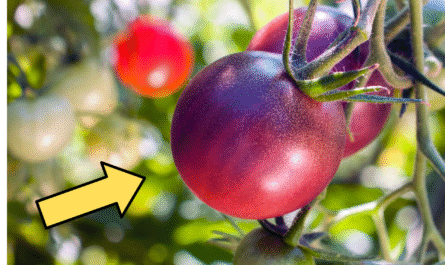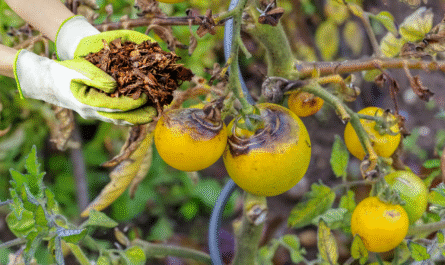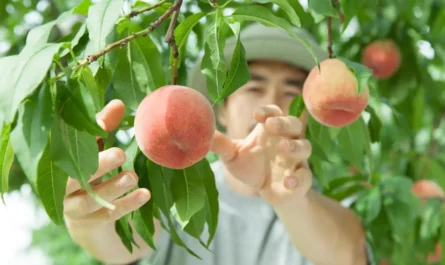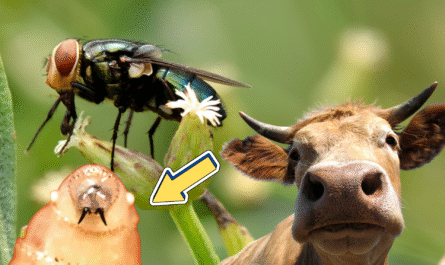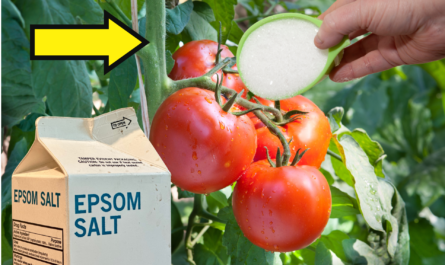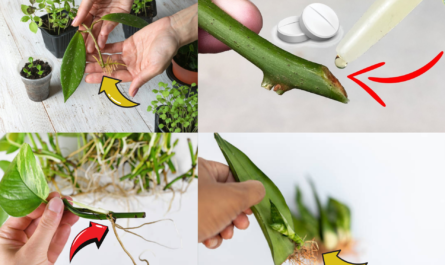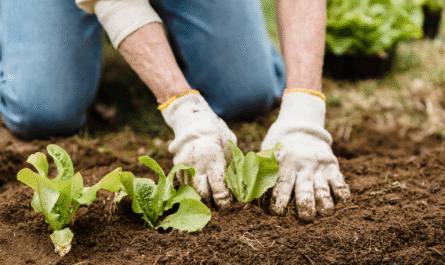Strawberries are one of the most rewarding fruits to grow in your garden. They’re sweet, versatile, and relatively easy to manage with the right care. But if you want to maximize your strawberry patch’s health, yield, and resilience, companion planting is one of the smartest moves you can make.
This guide dives deep into the best companion plants for strawberries, explains why they work, how they help, and what to avoid planting nearby.
Why Companion Planting Works
Companion planting is the practice of growing different plants together to benefit one or both. The benefits can include pest control, improved pollination, enhanced soil health, and better space utilization. When done right, it creates a mini-ecosystem that supports your strawberries naturally.
Strawberries are susceptible to pests like slugs, aphids, and spider mites, as well as fungal diseases. They thrive in well-drained, slightly acidic soil with full sun and benefit from a diverse planting environment.
Top Companion Plants for Strawberries
We’ll break these down by benefit: pest control, soil health, growth support, and pollinator attraction.
Pest Control
1. Garlic and Onions
- Why they help: Their strong scent repels aphids, spider mites, and other soft-bodied insects.
- How to plant: Interplant garlic cloves or onion sets between strawberry rows or at the ends of beds.
- Bonus: Garlic has antifungal properties, which can reduce soil-borne diseases.
2. Chives
- Why they help: Like garlic, they deter pests and can even improve strawberry flavor.
- How to plant: A small clump near the edge of your strawberry patch does the job.
3. Thyme
- Why they help: Deters worms and flies that may damage strawberry plants.
- How to plant: Ground-hugging thyme varieties work as a fragrant, living mulch.
4. Borage
- Why they help: Repels worms and attracts beneficial insects like bees and predatory wasps.
- How to plant: One or two plants per bed; borage self-seeds easily.
- Bonus: Believed to improve strawberry flavor and vigor.
5. Tansy
- Why they help: Deters flying pests like whiteflies, aphids, and ants.
- How to plant: Use sparingly; tansy is potent and can take over if not managed.
Soil Health Boosters
6. Legumes (Bush Beans, Peas)
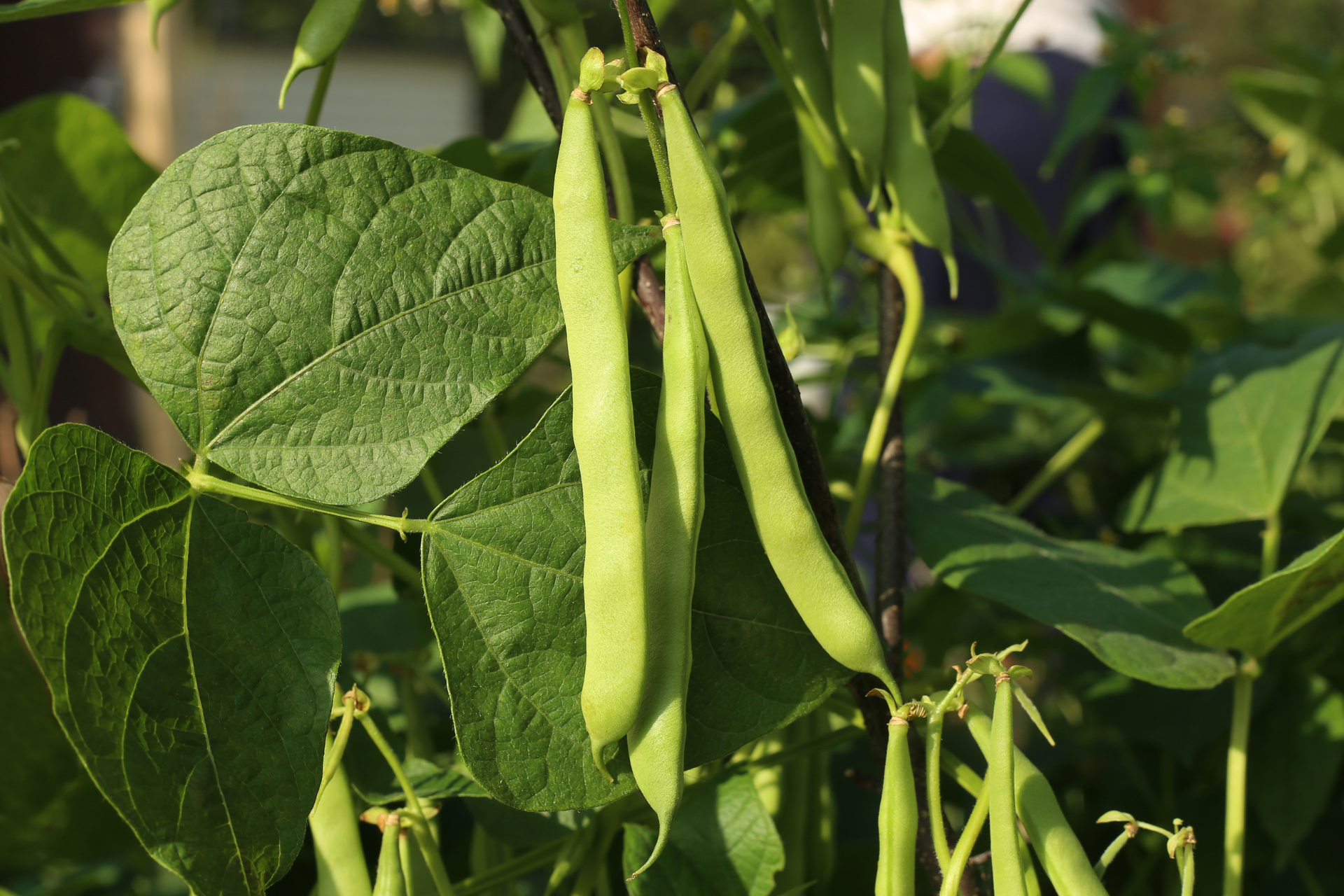
- Why they help: Fix nitrogen in the soil, enhancing nutrient availability.
- How to plant: Bush beans are best as they won’t sprawl over strawberries.
- Tip: Rotate legumes with strawberries each season to refresh soil nitrogen.
7. Spinach and Lettuce
- Why they help: Shallow roots don’t compete heavily and provide ground cover that reduces weed pressure.
- How to plant: Between strawberry rows or as edging plants.
Growth and Yield Enhancers
8. Carrots
- Why they help: Don’t compete for above-ground space and slightly loosen soil as they grow.
- How to plant: Interplant in wider rows or raised beds.
9. Radishes
- Why they help: They grow quickly and can break up soil crust, helping air and water reach strawberry roots.
- How to plant: Scatter seeds among strawberries early in the season.
Pollinator and Predator Attractors
10. Marigolds
- Why they help: Attract beneficial insects and deter nematodes.
- How to plant: Border your patch or dot between rows.
- Best type: French marigolds are compact and effective.
11. Nasturtiums
- Why they help: Trap crops for aphids and add color to your garden.
- How to plant: Trail along the edges of raised beds.
12. Yarrow
- Why they help: Attracts ladybugs and lacewings that feed on aphids and mites.
- How to plant: Near or around strawberry beds; it grows tall so keep it to the sides.
13. Calendula (Pot Marigold)
- Why they help: Draws pollinators and can deter some root pests.
- How to plant: Interplant or place at the corners of your garden bed.
Plants to Avoid Near Strawberries
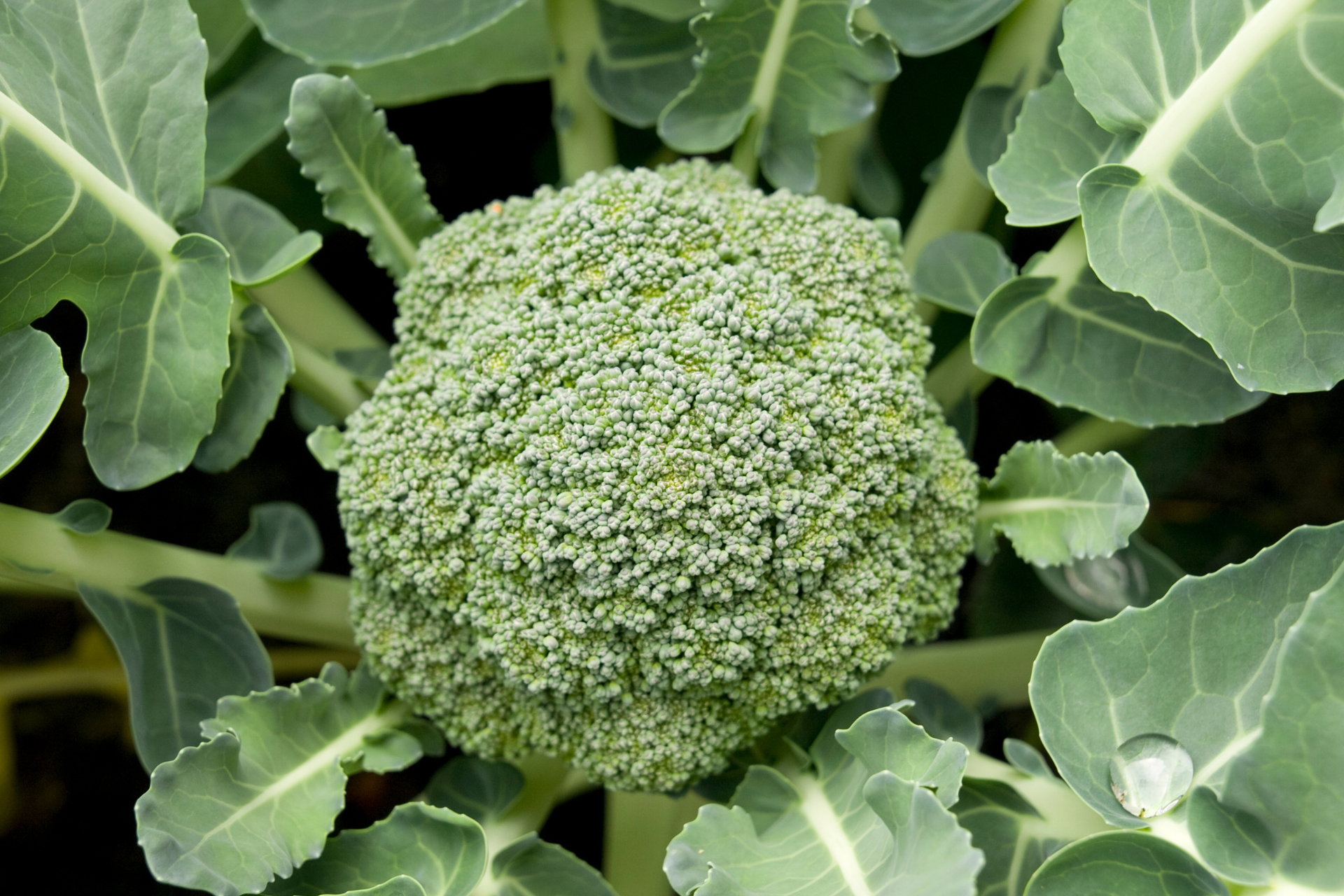
Not all plants play nice with strawberries. Some compete for resources, attract pests, or promote disease.
Avoid These:
1. Cabbage Family (Broccoli, Cauliflower, Kale, etc.)
- Why: Competes heavily for nutrients and water.
- Problem: Can stunt strawberry growth.
2. Tomatoes, Eggplant, Peppers
- Why: Share susceptibility to verticillium wilt, a soil-borne fungus.
- Problem: Increases disease risk.
3. Potatoes
- Why: Also susceptible to verticillium wilt and compete underground.
4. Melons and Cucumbers
- Why: Sprawling vines compete for light and space.
- Problem: Can shade and smother strawberry plants.
5. Mint
- Why: Invasive and aggressive.
- Problem: Takes over beds quickly and competes for root space.
Companion Planting Layout Ideas
You can design your garden to maximize space and effectiveness by using thoughtful layouts:
1. Border Planting
- Use marigolds, thyme, and chives along the edges.
- Acts as a barrier and attracts pollinators.
2. Row Interplanting
- Plant bush beans or lettuce between strawberry rows.
- Adds nutrients and prevents weeds.
3. Patchwork Layout
- Place a few borage, nasturtiums, and calendula scattered among strawberries.
- Creates a balanced ecosystem.
4. Vertical Helpers
- Use trellised peas or beans on the north side of your patch.
- Avoid shading strawberries while improving the soil.
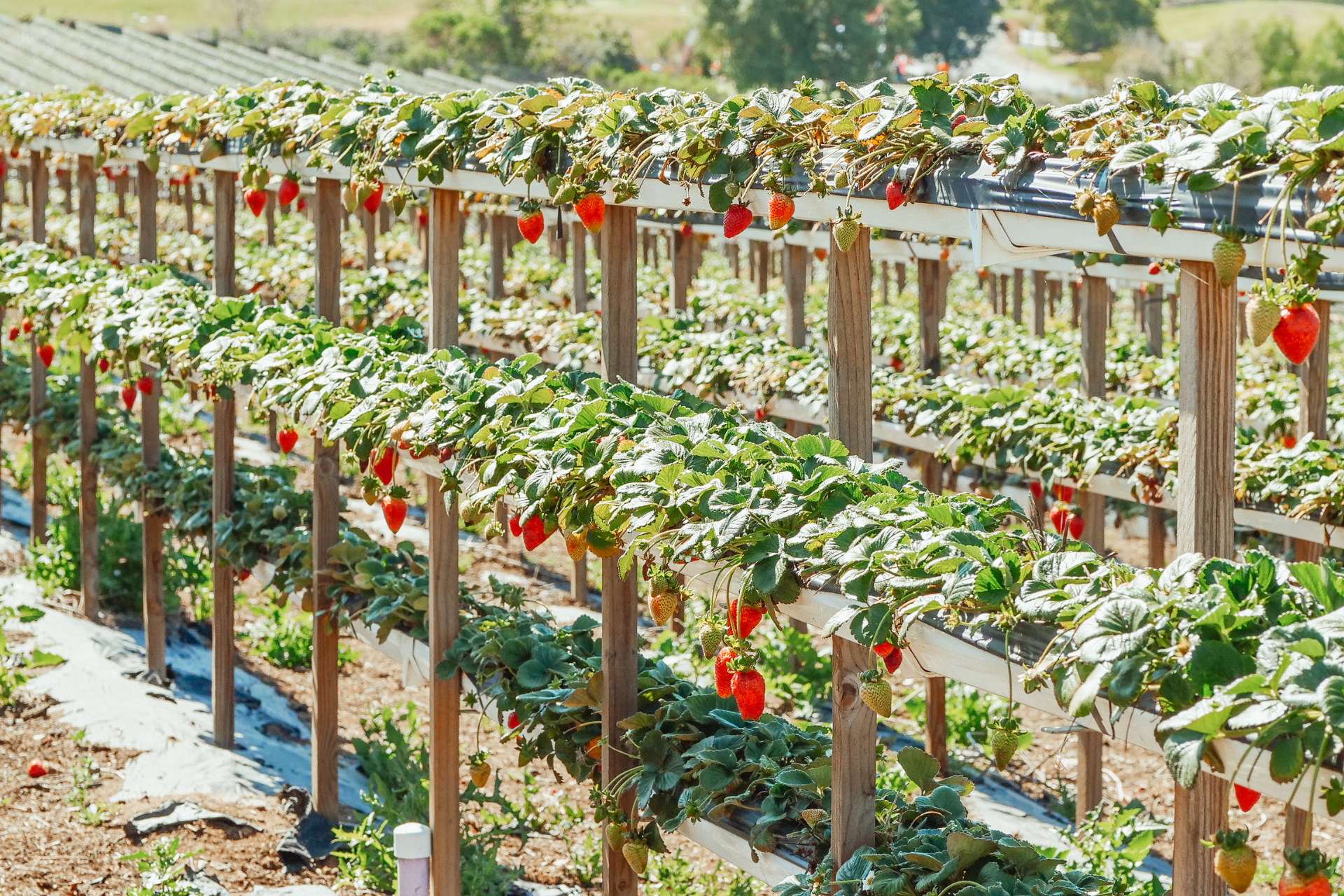
Final Thoughts
When thoughtfully selected and arranged, companion plants can make a world of difference for your strawberry patch. Whether it’s deterring pests with garlic and marigolds or boosting soil with peas and beans, these allies help you grow healthier, tastier, more abundant berries.
So take the time to plan your garden with these powerhouse companions in mind.






